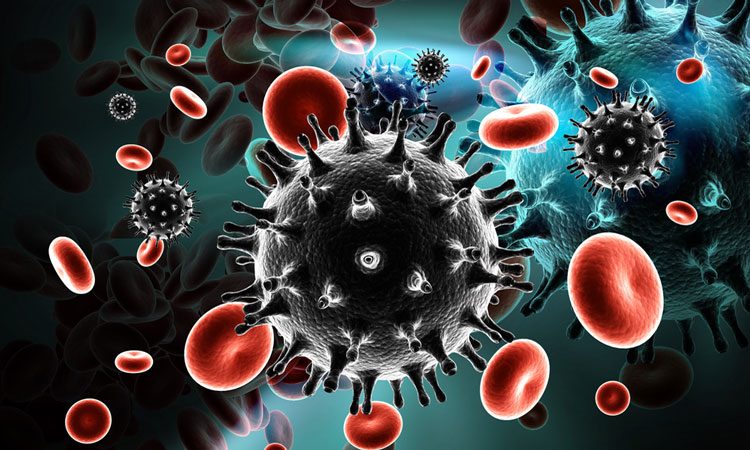New programme increases use of HIV medication in injection-drug users
Posted: 31 August 2018 | Iqra Farooq (European Pharmaceutical Review) | No comments yet
Researchers have outlined a simple method to increase the number of injection-drug taking individuals with HIV to adhere to their medication…


Researchers from The Ohio State University provided a simple method to provide counselling to individuals with HIV, in order to help them increase their use of antiretroviral medication to suppress HIV infection.
Professor William Miller and his colleagues created an efficient, low-cost, effective programme that would help to select populations tested in the study, but one which could also be used on a worldwide scale, to improve the health of HIV-infected people who inject drugs.
“All over the world, people who inject drugs are stigmatised in both the general population and the health care setting and they tend to be afraid to engage with health care providers and others who want to help them,” Prof Miller said. “This becomes even more of a challenge when it comes to people who inject drugs and who have HIV.”
“Our goal was to design something that could be scaled up relatively easily, including in places that don’t have a lot of resources.”
The study included 502 people who were HIV-positive, and 806 who were HIV-free. One quarter of the participants received the new intervention, while the rest received standard care, typically available to the population. Participants ranged from 18 to 60 years old and were actively injecting drugs at least twice a week.
Standard care included referrals for HIV management, n dedication usually including methadone or buprenorphine. They received standard harm-reduction packages, HIV testing, counselling, referrals for antiretroviral therapy and any other basic care provided in their country.
Those in the intervention group received all the standard care as well as access to system navigators, who helped participants engage with the resources given, stick to the care received and the programme, and helped them to adhere reduce or stop injection drug use. These participants also had psychosocial counselling, including tactics to help them solve problems, set goals and build skills. Each participant in this group received at least two meetings or phone calls with a systems navigator and a counsellor.
After the two sessions, participants dictated the frequency of help they needed.
From the HIV-positive group 72 percent in the intervention group were using antiretroviral therapy (ART) after one year. In the control group, only 43 percent of individuals were using the therapy.
The researchers explained how the World Health Organization (WHO) has set a goal of 90 percent uptake of ART among infected individuals by 2020. They also found that this initiative cut the risk of death in half.
“Our study confirmed the fact that the effort to successfully engage HIV-infected people who use injection drugs in care is on a spectrum. Some needed very little support, and some required an enormous effort with several visits and counselling sessions to help them and convince them to get into care,” said study co-lead author Professor Irving Hoffman of the University of North Carolina.
“The flexibility of our intervention was ideal to serve this population and objective.”
The study was published in The Lancet.
Related topics
Clinical Development, Drug Delivery Systems, Drug Development, Drug Markets, Research & Development (R&D)









